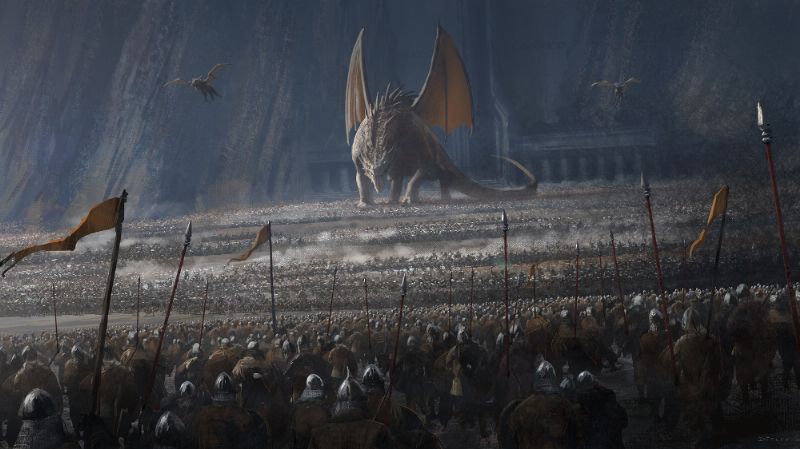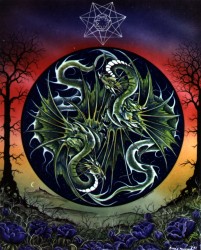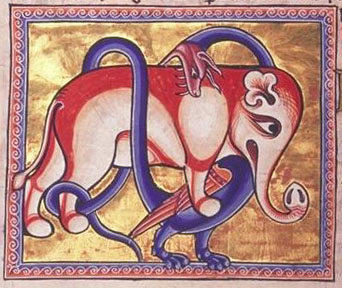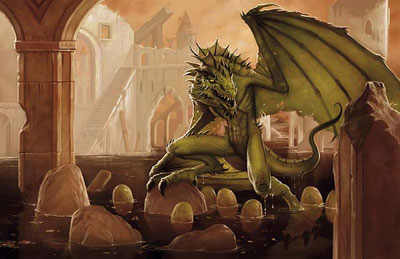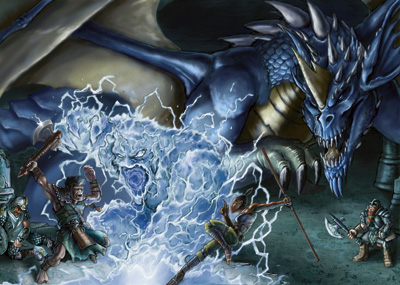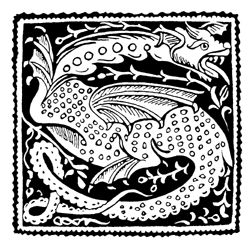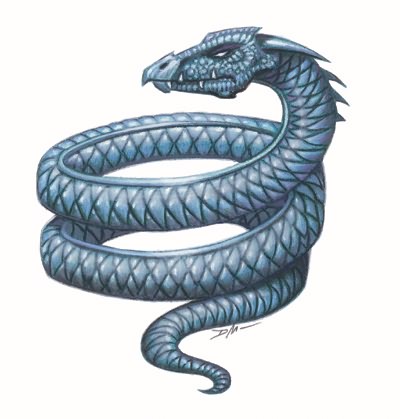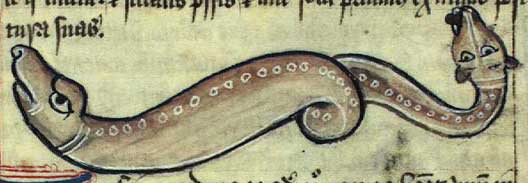The Spermatick Principle
According to Lhwyd´s theory of the "Spermatick Principle" the creation of dragons can be explained by the fecondation of fish’s semen by an eagle or a vulture’s "saline moisture". Water contains the spawn not only of fish. When it evaporates the spawn not simply desiccates and dies, but is transferred into a new medium, the … Read more

